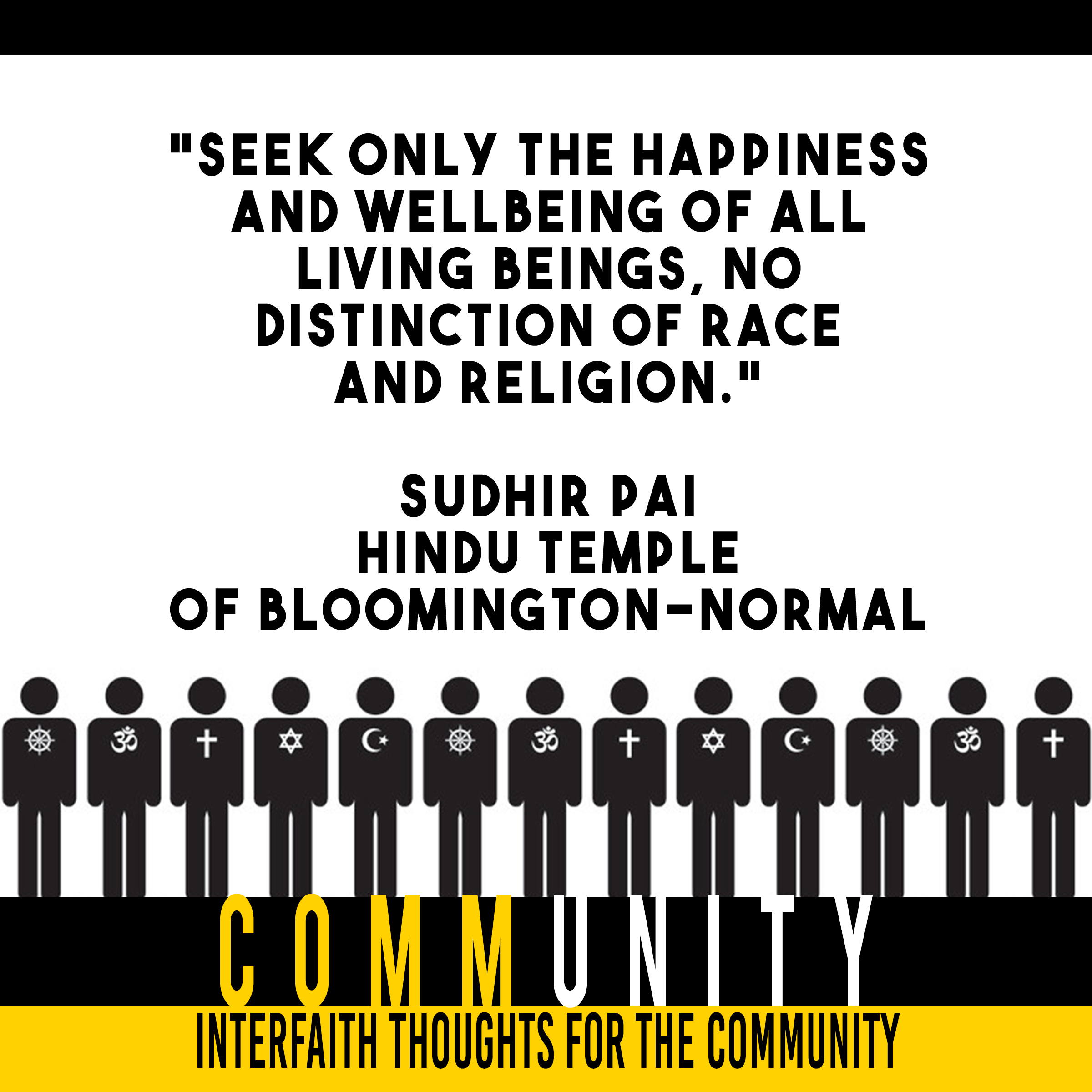“We find that vehicles with black drivers are far more likely to be searched, compared to those with white or Hispanic drivers,” researchers concluded. “This is true in Bloomington, Normal, and the six other cities; however, Normal has a much smaller portion of vehicles searched relative to their large number of stops.
“Though searched more often, vehicles driven by blacks are less likely to have drugs or drug paraphernalia. We find that blacks spend more time in the jail than whites or Hispanic individuals. We also find that men spend more time in the jail than women, regardless of whether the charge is a felony or a misdemeanor.”
The second highest number of traffic stops occurred in Springfield at 15,910. Bloomington Police Department recorded the third highest number, with 9,740 stops. The remaining cities in order from most to least stops are Rockford with 7,095, Champaign with 7,029; Decatur with 4,982; Peoria with 4,784; and Urbana, with 3,659. When Bloomington and Normal are combined, they accounted for 40 percent of all stops in the eight cities.
Since 1999, the Bureau of Justice Statistics (a branch of the U.S. Department of Justice) periodically has conducted the Police-Public Contact Survey to determine the nature of this contact and discrepancies in race, gender, citations, use of force, etc. The Bureau distributes surveys to people aged 16 and older, and asks them to describe their most recent contact with law enforcement within the past 12 months.
The Bureau noted a nationwide decline from 2002-2008 in the total number of persons who had contact with police. However, for those who had contact with law enforcement there were still discrepancies between whites, blacks, and Latinos. The number of Latinos drivers stopped by police between 2002 and 2008 increased 28 percent, although there was no difference for white and black drivers during the same period.
In 2008, blacks were more likely to have contact with law enforcement than whites, asians, Native Hawaiians, and other Pacific Islanders. The survey also inquires whether those stopped by law enforcement felt the police behaved appropriately: Blacks and Latinos were less likely than whites to feel this was true. Similarly, black drivers were less likely to feel there was a legitimate reason for police stopping them.
Blacks were significantly more likely to be searched during a traffic stop than Latino and white drivers, and police arrested blacks at a higher rate than whites during traffic stops. Although no comparison was made in relation to the percentage of searches that resulted in finding anything illegal, only one out of five people searched felt police had a legitimate reason to do so, across racial lines.
The Bureau also analyzed the use of force during traffic stops. Although in 2002 and 2005, whites were less likely than blacks and Latinos to experience the threat of force, the 2008 study indicated that only blacks were more likely to experience force. In addition to experiencing more frequent traffic stops, blacks also experienced more frisks and searches.
Racial disparity was found to be greater in frisks than in general searches; racial disparity frisks are contingent on a community’s racial composition, and a driver’s race does not correlate with the productivity of searches.
“Racial profiling in law enforcement is a problem due to racial stereotypes, reflecting the ‘legitimizing myths’ that perpetuate social dominance and hierarchies,” the ISU team stated. “. . . Officers were more likely to stop someone depending on location (i.e., if a black was in a predominately white area, or if a white person was in a predominately black area).”
After standardizing stop data for population size, the degree to which Normal ranked highest in traffic stops -- after accounting for population size, Normal’s frequency of stops is more than twice that of the other seven cities.
In Bloomington, Latinos are disproportionately more likely to be stopped, where in Normal, Latinos are disproportionately less likely to be stopped, given their share of the population.
It is uncommon for officers to request searches from motorists in Bloomington or Normal, and the likelihood of such requests does not seem vary by race or ethnicity. Of requests for searches, though, blacks drivers are far more likely to decline the request. In the end, however, black drivers are most likely to have a search conducted.
In Bloomington, white drivers had a 5.6 percent chance of a search being conducted, Latino drivers had a 8.6 percent chance, and black drivers had a 13.0 percent chance of a search. A similar pattern emerged in Normal: White drivers had a 1.0 percent chance of having a search conducted, Latino drivers a 2.2 percent chance, and blacks had a 3.4 percent chance of having a search conducted.
For all eight cities combined, white drivers had a 4.2 percent chance of being searched, Latino drivers a 6.1 percent chance, and black drivers had a 12.4 percent of being searched.
“Although there is a higher chance of being pulled over in Normal, there is greater likelihood of being searched in Bloomington,” ISU researchers reported.
In Bloomington, while white drivers had the lowest chance of their car being searched, they had the highest percent of being found in possession of drugs. In Normal, black drivers had the highest percent of being found in possession of drugs, followed by white drivers. Latino drivers showed the lowest percentage of drug possession in either city.
In both Bloomington and Normal, students found white drivers to have the highest percentage of drug paraphernalia possession, followed by black drivers, again, despite the higher rate of searches on vehicles driven by blacks.


























